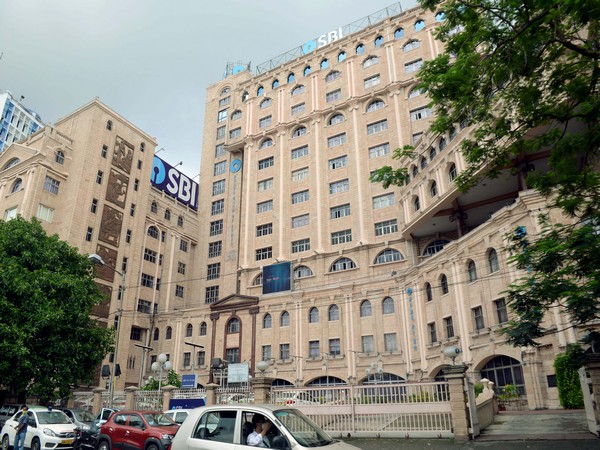
New Delhi: The Public Sector Banks (PSBs) in India hold a dominant position in the banking sector by accounting for more than 50 per cent of the banking business in terms of market share, branches, and Automated Teller Machines (ATMs), highlights a report by the State Bank of India.
The report indicates that public sector banks hold over 63 per cent of the total ATMs in the country, whereas private banks manage only 35 per cent.
In terms of deposits, the report reveals that public sector banks maintain a significant lead, accounting for 59 per cent of the total deposits made by the public. In contrast, private banks hold a smaller share, with only 32 per cent of total deposits. This substantial deposit base highlights that people trust more on the public sector banks.
The digital banking landscape in India also sees public banks at the forefront. PSBs lead with over 54 per cent of all credit cards issued in the country. Private banks, on the other hand, hold a 37.8 per cent share of the credit card market.
The report highlights that among individual banks, the State Bank of India (SBI) stands out as the leader in all key metrics. SBI holds the highest share of deposits, operates the most extensive network of ATMs, and has issued the largest number of credit cards.
The report also sheds light on the efficiency of Indian banks, noting significant improvements over the years. Public sector banks have shown remarkable efficiency, operating at an 82.76 per cent efficiency rate. In comparison, private banks are operating at 79.59 per cent. The overall productivity of the sector has seen a growth of around 6 per cent in Total Factor Productivity (TFP), primarily driven by higher efficiency changes rather than technological advancements.
"PSBs are the leader and operating at 82.76 per cent, private banks are operating at 79.59 per cent. The overall productivity for the period has witnessed an increase of around 6 per cent in the TFP (Total Factor Productivity) growth, which is primarily due to higher efficiency change and lower change in technological progress," states the report.
While PSBs dominate several aspects of the banking sector, private banks also play a crucial role. They offer a diverse range of services and contribute significantly to the competitive landscape. Additionally, the emergence of payment banks, small finance banks, and Regional Rural Banks (RRBs) has further diversified the banking sector. These institutions provide specialized services tailored to underserved areas and populations, enhancing financial inclusion across the country.